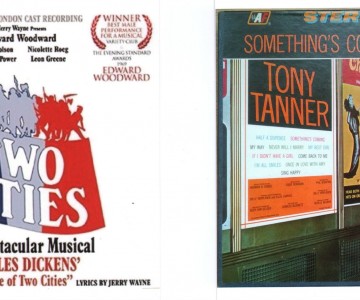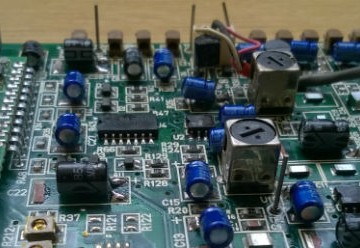01277 225316 info@audiorestored.com
Acetate Discs to CD and MP3 | Audio Restored
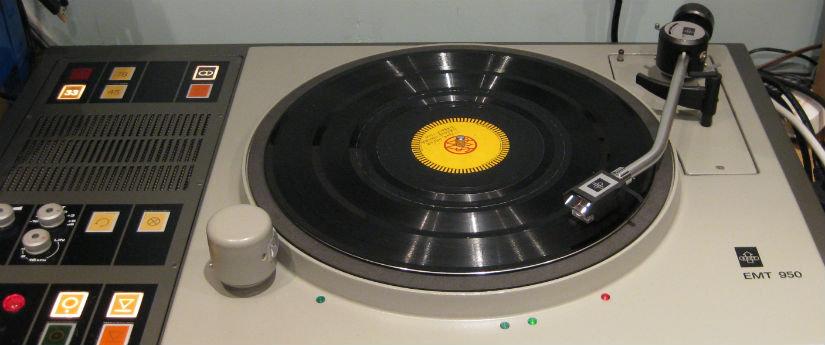
Prices (basic cost to pro-clean & transcribe discs + manual restoration as required)
| Acetate discs (6″ – 8″) | £12 / side |
| Acetate discs (10″) | £14 / side |
| Acetate discs (12″) | £16 / side |
| Acetate discs (14″) | £18 / side |
| Manual restoration | £40 / hour (pro-rata) |
| Pro-Cleaning of records (all sizes) – NO digitisation | £2.50 / side |
Audio Samples
The following two audio samples demonstrate how the restoration process can significantly enhance a crackly BBC acetate disc. ‘Journey into Space’ was a very popular Sci-fi radio series, which was originally recorded on 16 inch acetate discs – most of which no longer exist. This track (‘When it’s night time in Italy, it’s Wednesday over here’) comes from a rare Music and Inserts acetate dated 2nd Oct 1954, and is take 1 of 2.
Cleaning
If the initial inspection suggests that the acetate disc is not sufficiently robust, i.e. if flaking is evident or suspected, the record will be transcribed with no initial cleaning.
If however, the disc appears robust, it will be washed using the VPI Record Cleaning machine, with L’Art du Son professional record cleaning liquid, before a final distilled water wash.
 The VPI effortlessly removes years of accumulated dirt from the groove, leaving the record practically as clean as the day it was pressed.
The VPI effortlessly removes years of accumulated dirt from the groove, leaving the record practically as clean as the day it was pressed.
All 10″ and 12″ acetate records are returned to you in a replacement poly-lined paper inner sleeve, to keep them clean for longer.
This professional wet-cleaning of records is available as a separate service. Please contact us for details.
Post & Packing Hints
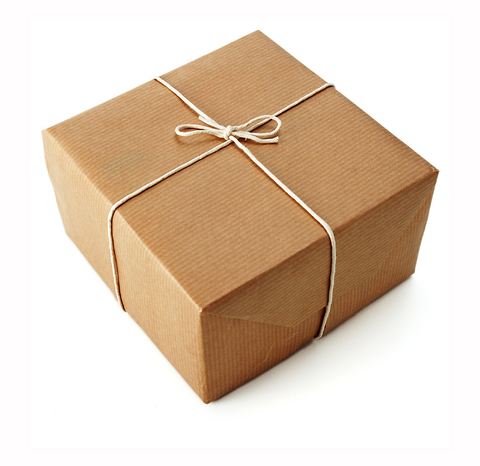
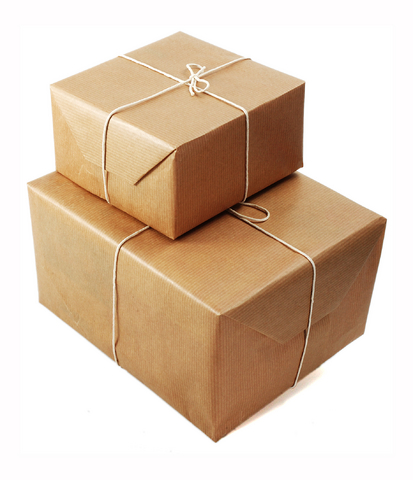 Although less fragile than Shellac discs, Acetates should none-the-less be treated with great care when sending through the post. Every effort must be made to minimise the possibility of handling damage. Our advice is the same as for Shellac discs – i.e. securely sandwich the record(s) between several pieces of strong cardboard, then wrap this in plenty of bubble wrap. This should then be placed inside a larger cardboard box, ideally filled with polystyrene shapes, to absorb any knocks and vibrations during transit. Please note: this advice is given on the understanding that we cannot accept responsibility for damage caused in the post – and as with all valuable items, you should arrange sufficient insurance to cover any potential loss.
Although less fragile than Shellac discs, Acetates should none-the-less be treated with great care when sending through the post. Every effort must be made to minimise the possibility of handling damage. Our advice is the same as for Shellac discs – i.e. securely sandwich the record(s) between several pieces of strong cardboard, then wrap this in plenty of bubble wrap. This should then be placed inside a larger cardboard box, ideally filled with polystyrene shapes, to absorb any knocks and vibrations during transit. Please note: this advice is given on the understanding that we cannot accept responsibility for damage caused in the post – and as with all valuable items, you should arrange sufficient insurance to cover any potential loss.
It’s always better to be safe than sorry, and we recommend customers use recorded or special delivery, so that your package can be signed for and/or tracked.
We always use first class recorded delivery to return packages, unless we are instructed otherwise.
Acetate facts
- Acetate discs, (also known as ‘lacquers’, ‘dubplates’, ‘transcription discs’ and ‘test acetates’), were independently developed in 1934 by the American ‘Presto Recording Corporation’ and the French ‘Pyral’ company, and their use continued into the late 1950s for recording and radio broadcast purposes.
- Acetates are somewhat more flexible than shellac discs, so will not shatter through careless handling. However, the acetate layer is quite prone to deterioration which can result in ‘crazing’ of the surface, or even ‘flaking off’ in extreme cases, resulting in the loss of some of the recording in the process.
- Acetates can be identified by the shiny appearance at their outer edge and centre hole, as they are made from an aluminium platter which supports a black nitrocellulose lacquer surface applied to both sides into which the groove is cut.
- The discs often have handwritten labels, emphasising their ‘one-off’ uniqueness!
Acetate discs are transferred to digital using the EMT 950 deck fitted with a Shure M44-7. This MM cartridge accommodates a selection of diamond styli of varying tip shape and dimensions, chosen to best match the acetate being played.
 Use of the correct EQ curve is essential to get the best from acetates, as these were produced before the introduction of the RIAA equalization standard in the 1950s. An Elberg MD12 variable curve EQ preamplifier is used to achieve the correct EQ prior to further digital restoration and transfer to CD.
Use of the correct EQ curve is essential to get the best from acetates, as these were produced before the introduction of the RIAA equalization standard in the 1950s. An Elberg MD12 variable curve EQ preamplifier is used to achieve the correct EQ prior to further digital restoration and transfer to CD.
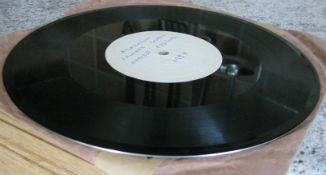
Acetate disc: note shiny edge and centre hole
Acetates are unique ‘one-off’ recordings, and are a tangible connection to our predecessors. The discs were often recorded by talented family members who wanted to capture their voices, singing, verse recitals or instrument playing for posterity, long before the tape recorder became commonplace, and they are still in limited use today. It is important to get them restored and transferred to a digital medium such as CD, FLAC or mp3 as soon as possible, to avoid losing this link with the past.
Contact us to discuss your requirements fully.


